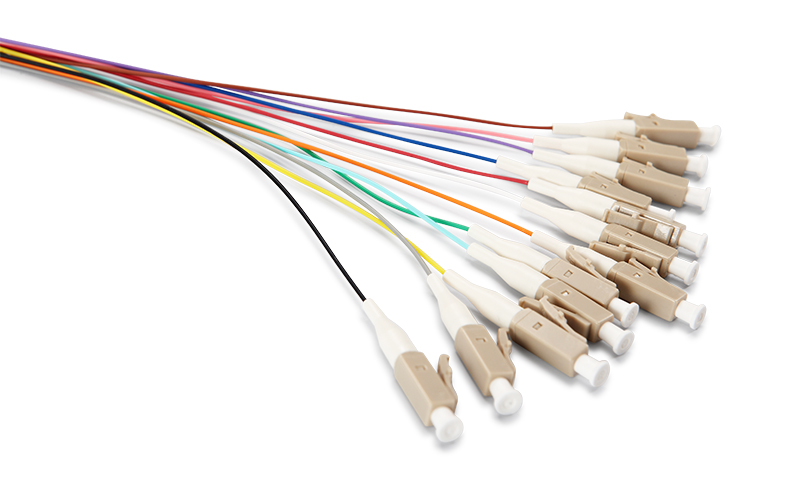Guideline to Choose the Right Fiber Optic Cables
It’s well-known that fiber optics is the way most of the IT infrastructure service companies currently transmit information. It makes sense if you bear in mind that it allows information and data to travel at greater speeds, through greater distances, and in never-before-seen bundles.
If you plan to enhance the build-out of your network through fiber optics, start by doing an in-depth assessment of your current and future needs. Knowing for sure how your networks will be used and for what is essential for this evaluation since it will allow you to properly and accurately select the type of fiber you might need depending on the application. Some key points to consider when selecting the fiber optic cable that best fits your needs are:
You must be fully cognizant of the distances that the information you will handle must travel. This is crucial in determining what type of cable best suits you. Fiber optic cables are the wisest choice over copper cables which have been traditionally used until recently. It can most definitely support many further distances of input travel than its metal counterpart but the exact distance is difficult to determine as it is limited by a plurality of factors. This is a vital issue for optical communications since it prides itself in being super-fast (as it indeed is) putting data transmission distance under the spotlight.
The signal transmitting the information from point A to point B may possibly weaken if the distance is very long. There are many methods that can be applied and components that can be used to diminish the limitations inflicted by optical transmission distance.
Basically, the amount of data or information that can be transmitted through a cable in a fixed or given amount of time is called bandwidth. If it's referring to a website, for example, bandwidth determines the quantity of information and the level of traffic that can transfer between the site, its users, and the Internet as a whole which is why web hosting companies are prone to offer maximum levels of bandwidth as part of their hosting packages.
The way your entire network (hardware, software, communication and connectivity protocols and modes of transmission) is laid out should be taken into consideration when selecting your fiber optics.
There are two types of well–known optical fiber cables and each has their own set of unique qualities and characteristics: single-mode and multi-mode.
Single mode optical fiber usually has an 8.3-micron diameter core and makes use of laser technology and light to send and receive data. A micron is a unit of measure equal to 1 millionth of a meter. So you can picture it: one strand of human hair has a diameter of more or less 100 microns.

So single mode fibers have the ability to carry information for miles without losing too many data which makes it ideal for companies that offer services such as cable and telephone providers.
Transmission distance is affected by chromatic dispersion because the core of single-mode fibers is much smaller than that of multimode fibers. And it is also the reason why single-mode fiber can have longer transmission distance than multimode fiber. If you need to handle large amounts of data with the least dispersion, single mode fiber might be your best choice. Just take into consideration that these fibers are noticeably more expensive than multimode ones since the technology used is a bit more sophisticated.
Multimode optical fiber, as its very name indicates, allows the signal to travel through different pathways or modes that are placed inside of the cable’s core. For these types of fibers, the transmission distance is largely affected by modal dispersion.

Due to the fact that the fibers in multimode cables have imperfections, the optical signals are not able to arrive at the same time causing a delay between the fastest traveling modes and the slowest ones, which in turn causes the dispersion and limits multimode fiber performance.
Multimode fibers can be found in 4 different presentations identified with the acronym OM which stands for optical multi-mode and varies according to performance criteria determined by ISO/IEC 11801 standards. These presentations are OM1, OM2, OM3, and OM4.
Choosing the proper fiber optic cable to fit your needs may seem like a daunting task but it really isn’t. Just invest some time to do the necessary research beforehand and you'll save yourself a lot of time and trouble as well as money.
